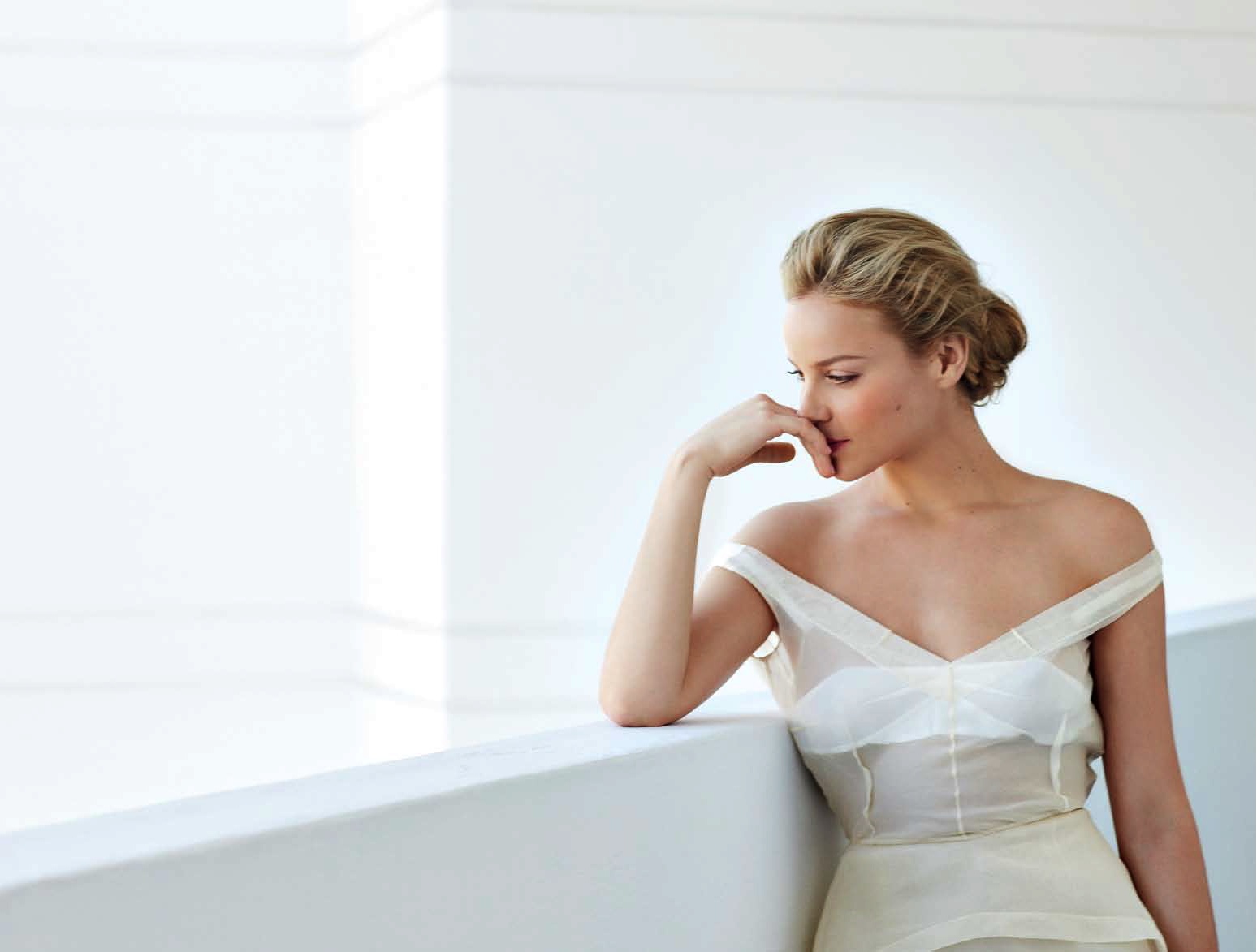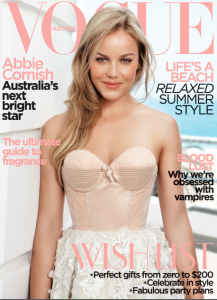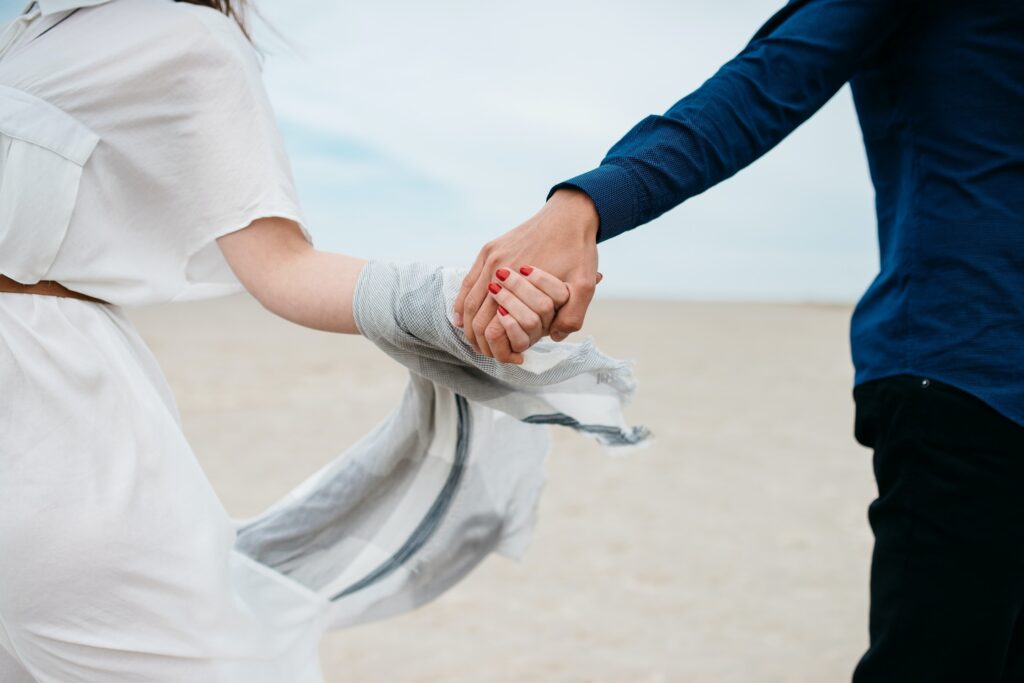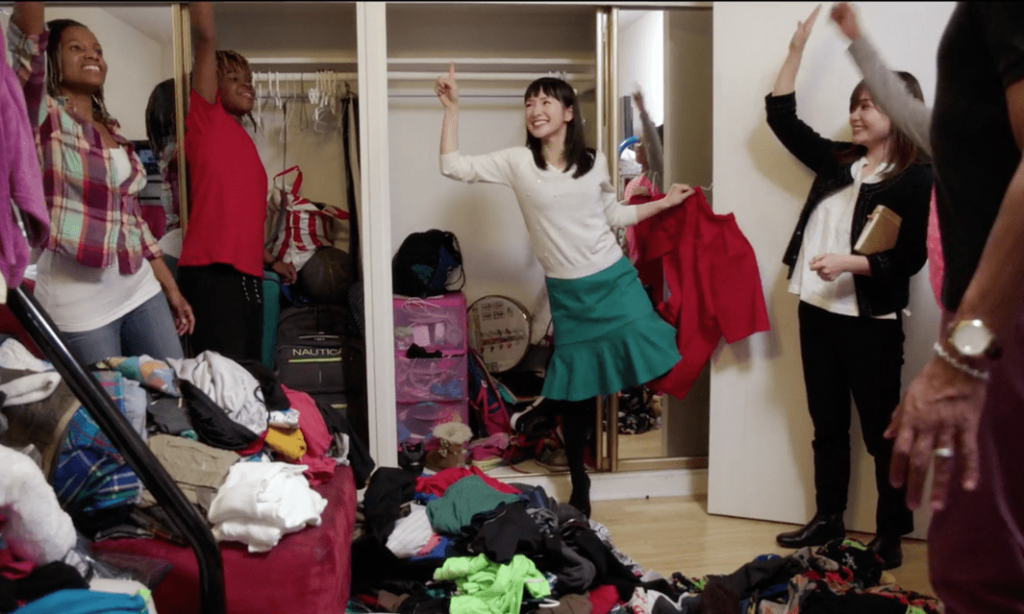“It was like a dream,” says Abbie Cornish. “As we walked up the red carpet, they had the dramatic music from the film playing and there were lights and cameras, but it seemed weird because I couldn’t stop staring at Ben [Whishaw] and Jane [Campion], just looking at their faces. It didn’t seem real, but then so real at the same time.”
The Australian actress is recalling the night her new film Bright Star opened at the Cannes Film Festival earlier this year. “We were gripping each other’s hands, squeezing each other really tight, not knowing what was going to happen. It was pretty amazing when the film finished. We had a standing ovation, which seemed to go for an eternity. It was probably five minutes or so, but it was like someone grabbed time and was just squeezing it out. I just remember looking at Jane [thinking]: ‘Look what you’ve done.’”
The standing ovation was only the start. Directed by Jane Campion, Bright Star tells of the tragic love affair between poet John Keats (Ben Whishaw) and the girl next door, Fanny Brawne (Cornish). It has been described as “ravishing”, “exquisite” and “heartfelt” by the world’s top film critics, with the actress singled out for high praise. The New York Times described her portrayal as “played with mesmerising vitality and heart-stopping grace” while English newspaper The Observer dubbed her “Australia’s best acting export”. And now there’s a distinct Oscar buzz in the air.
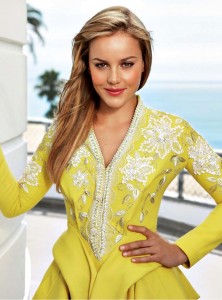
Back in Los Angeles, more than a year after the film wrapped, Cornish couldn’t look more different from her onscreen incarnation. The severe dark hair is back to honey blonde waves, her previously pale skin has been warmed by the sun and she’s super-toned. In conversation, she’s delightfully unassuming and quick to break into a big, warm, beaming smile, but there’s a passionate intensity and focus to her.
Her hands twist and flutter as she talks about the film of which she’s so very proud. “Every single person who worked on that film poured a big chunk of themselves into it,” she explains. “There is a lot of heart, a lot of passion, a lot of care, and so I think all of us feel very proud about it. “And I think it’s very nice,” she adds, “when you give that much to something and then it turns out the way you hoped.”
Cornish knew she had to play the role from the moment she read the script. That conviction helped win her the part. “It was a combination of Abbie’s vivacity and gravity and her strong connection to the material. She really wanted the role and she’d worked hard for it,” says Campion, who had been impressed with the actress’s work on Somersault and Candy.
The feeling was mutual, as Cornish had long wanted to work with the award-winning director. “She has this amazing ability to create worlds and make them seem whole and complete, where, as an audience member, you can just let yourself go. I remember when I first watched The Piano, and it kind of lingers around. I haven’t seen that film in a while, but when I think of it, I can take myself straight there.”
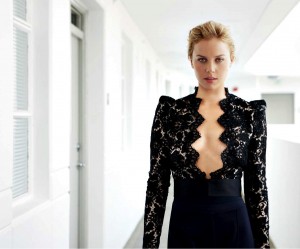
This film has the same grace to it as Campion’s most acclaimed work. Cornish describes it as having an “easefulness”. “Filming [and] rehearsing that film was exactly what you see on the screen,” she says. “Time, patience, exploration, sensitivity. We always had to be very open and all of the crew and the cast were very connected. Jane created this whole feeling on the set, where everyone was in the same mind frame and the same mood.”
The nine-week shoot, preceded by three weeks of rehearsals, was an intense experience, says Cornish, with each day bringing a new emotional challenge. “It was either dealing with big story points, character development, love, loss, the mother-daughter relationship, or incredibly amazing poetry for which you want to get every word right.”
Her first day of shooting, for example, was the haunting final scene where the bereaved Brawne walks a wintry Hampstead Heath in her widow weeds. They had only an hour to shoot before the light changed. “I literally got out of the car, walked to my mark and grabbed my book. Jane spoke to me for a moment, and we just did it. But the timing was perfect. Everything was in line, it was so quiet, you could barely hear a footstep.”
“We had a standing ovation,
which seemed to go for an eternity.
It was probably five minutes or so,
but it was like someone grabbed time and was just squeezing it out.”
Cornish was captivated by the strong-willed Brawne. “I was really drawn in by how centred she seemed as a person, dedicated and sensitive and very aware,” she says. “I was pretty taken by her love for Keats, and their connection, and how she just decided: ‘I’m in love with this guy, I want everything.’ No matter what came her way, people telling her: ‘You can’t be with him, you can’t get married’, she was unswayed by the forces around her. I found her strong but delicate.”
They are qualities Cornish seems to share. Says Campion of the actress’s performance: “She was tender and elegant but unconventional and quietly rebellious. She brought a fearlessness. She was courageous in her choices, for example in her reaction to Keats’s death. She brought wit but also a surprising depth to the character.”
Cornish also caught the Cannes spotlight, and the attention of the international fashion press, for the exquisite Toni Maticevski gown she wore to the red-carpet premiere. A longtime friend of the designer, Cornish is a dedicated fan. “His designs are incredible. He’s so on the edge of everything. There’s something very classic about what he does but totally moving forward, completely contemporary.”
The now-famous dress almost didn’t make it. She called Maticevski days before she was to leave for Cannes to ask if it had been sent. “He asked: ‘When does it need to be there?’ I said: ‘In two days.’ He goes: ‘Oh gosh, I’m putting it in the mail this afternoon.’ So he finished it up and put it in the mail, and it arrived 10 minutes before I got on my flight.” She wasn’t worried. “I knew it was going to arrive. It was too special to not arrive, but still it was cutting it pretty fine,” she laughs. “To wear something that someone who I adore had made especially for me, I think the dress kicked off my night.”
She spent her time at the festival doing interviews for the film, but was shocked when someone mentioned the Oscar buzz. “I don’t ever think about things like that,” she says now. “For Jane, she was so successful with The Piano, and I think this is a really great film for her. I feel the buzz is more about her as a director and the way she makes films.” Reluctantly, she agrees, everyone likes to be recognised for their work, “otherwise why would we do what we do? Definitely, as an artist you create for an audience,” she adds. “So when things are received or commended, yes, of course, it’s nice. But you grow up on a farm as a kid and Oscars are this far, distant planet, and then someone mentions you’re close to it … it’s quite strange.”
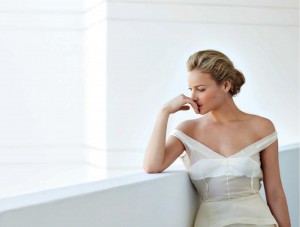
Her next film couldn’t be more different – the “polar opposite”, laughs Cornish. Zack Snyder’s Sucker Punch is an action-escape movie set in a psychiatric ward in the 1960s and co-stars Emily Browning, Jena Malone and Vanessa Hudgens. The girls have been in training for more than two months for what has been described as “Alice in Wonderland with machine guns”. “[Each day] we train for three hours in martial arts, fighting, swords, guns, choreography and then we have a little break where we have a protein shake, amino acids and vitamins. Then we do a personal training session with all the girls together.”
Cornish says it’s just what she needed. “For a few years, I’ve really wanted to do a movie that I can train for and a movie that required a lot of physical activity, because I have done so many drama-based period pieces, like Elizabeth: The Golden Age and Bright Star. They were awesome to make, but to take off the corset [and] go for a run and get some sun … ”
She sighs with the release. “I’ve also wanted to do something that was fantasy-based, where I could really go off into my imagination, something that wasn’t totally real. Even when you do a period piece, it’s still real, it’s still historical. And so I was searching for that and then Sucker Punch came along and it fulfilled all of those things. I was like: ‘Yay! I get to train. I get to go into this crazy weird fantasy world. I get to imagine things. I get to create all of this trippy stuff.’ It just excited me.”
“She was tender and elegant
but unconventional and quietly rebellious.
She brought a fearlessness.”
She says she’s not a career strategist, preferring to go with the flow and find things she’s passionate about that will be challenging and interesting. “I just think life is too precious to mess around with things you’re not interested in. I don’t really see the point, and there are so many other things that I like to do that I don’t really want to be on a set 10 months out of the year. I just don’t. I prefer to have time to make music or paint or be with friends and family. But I like going in and out of making films like that,” she says. “And it’s the time between that allows you to live and to learn and [also to] fuel the mind, the body, the spirit, which then goes on to affect the work you do.”
Music is one of her abiding passions. She writes her own songs and plays the guitar and piano. She hints that an album may not be far off. Her taste is eclectic, ranging from Bob Dylan to Jay-Z, with My Morning Jacket, Radiohead, Ani DiFranco, Lil Wayne and Hermitude thrown in for good measure. “I listen to a lot of folk, alternative, rock, hip hop, 70s rock’n’roll and world music, [and there’s] a lot to explore with classical and jazz.”
Of course, the question of which one album she would take if she were stranded on a deserted island has to be asked. True devotee that she is, she agonises over the question and can’t nail it down to just one. Ten days after our interview an email drops into my inbox. “I’ve decided which album I’d take to the deserted island: Neil Young with Crazy Horse’s Everybody Knows This is Nowhere,” she explains. “It’s quite the fit. I love that album – Cowgirl in the Sand, Cinnamon Girl, Everybody Knows This is Nowhere … so many great tracks.” And with that she’s back to her training.
Published in Vogue Australia December 2009
WHY DON’T YOU READ:
Rooney Mara on winning the role everyone wanted
Jessica Chastain, the top film star you’ve never heard of
